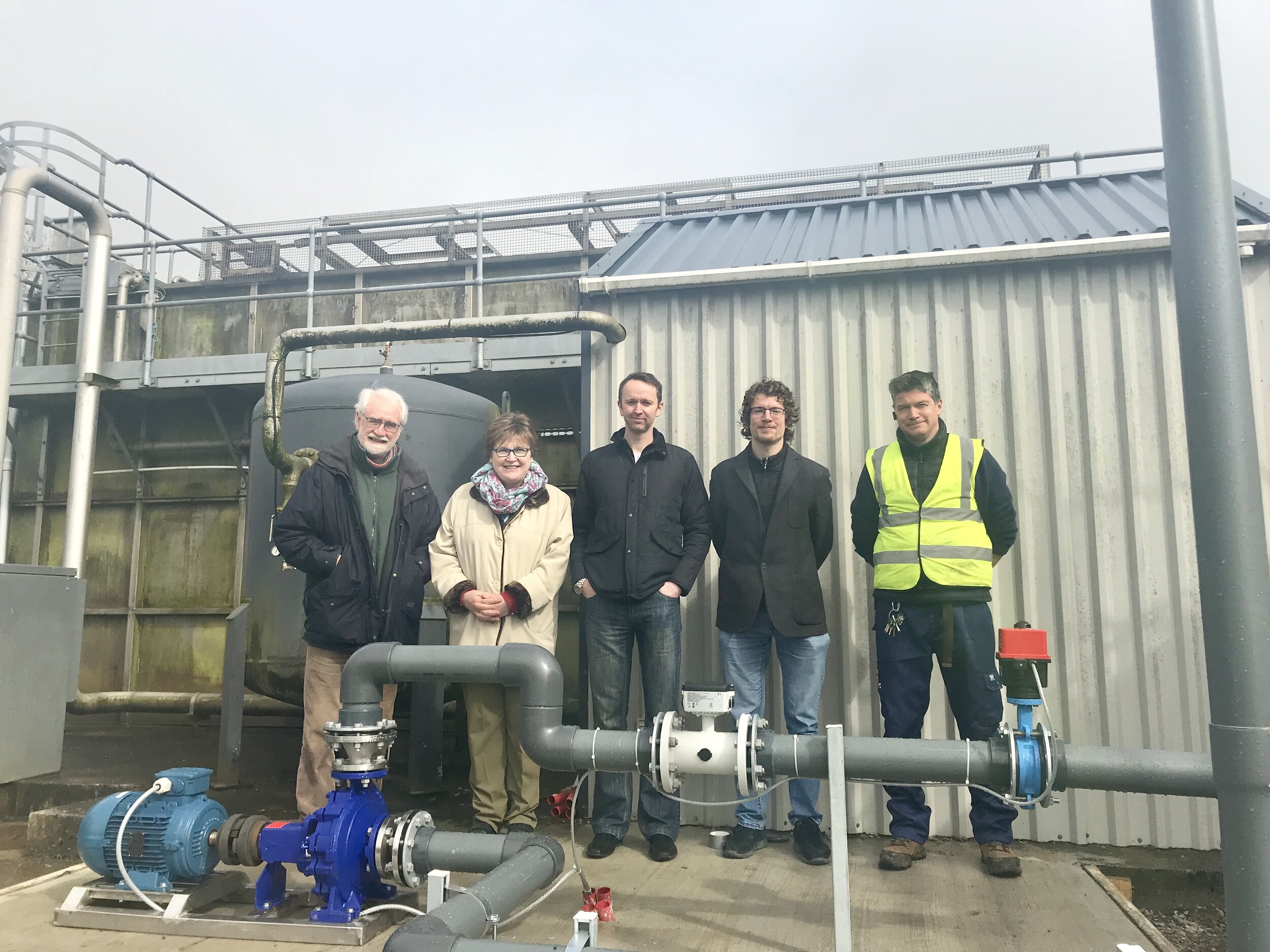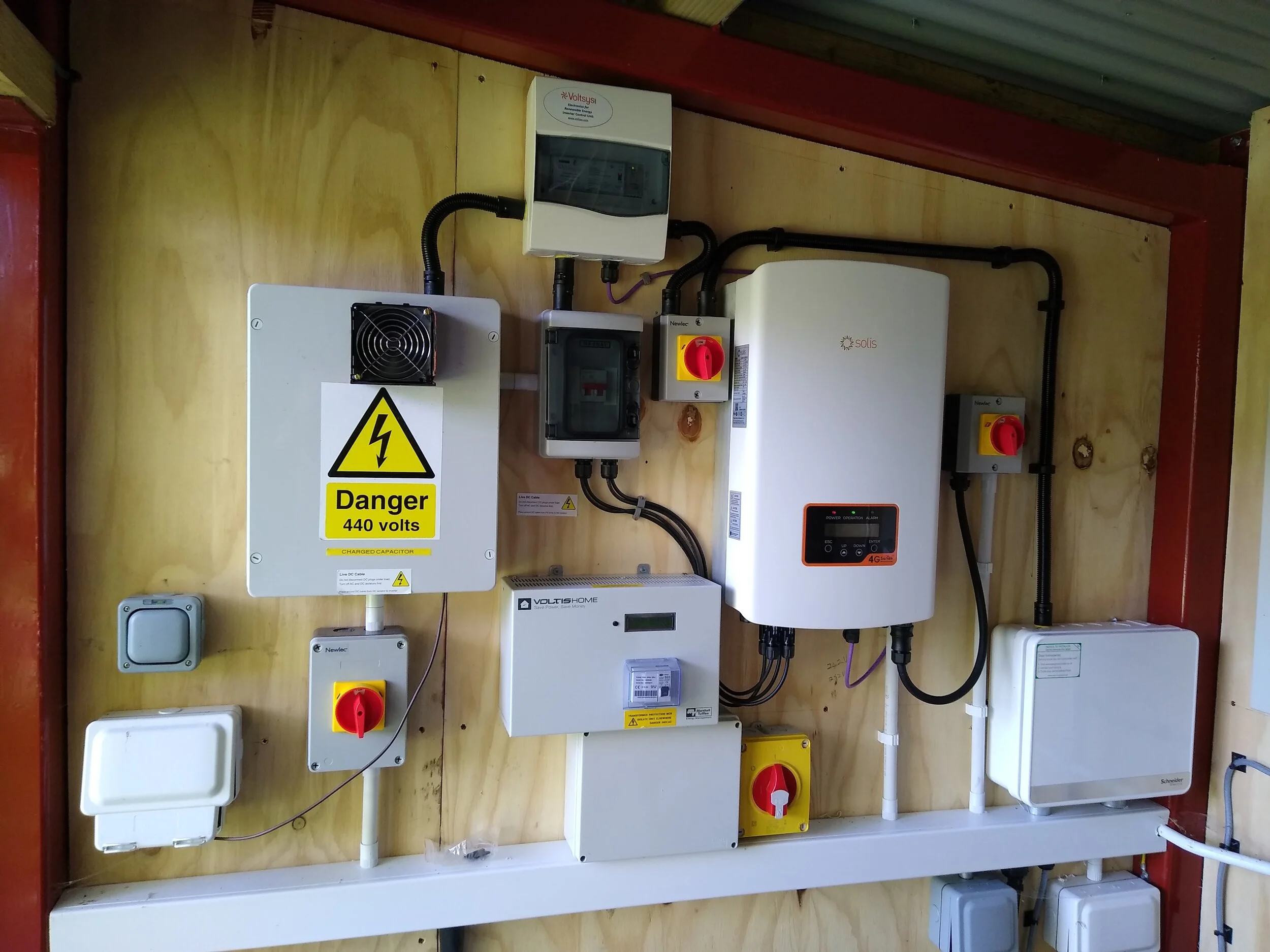We are celebrating wonderful news that the Dwr Uisce project is shortlisted for the Engineers Ireland Excellence Awards under sustainability category. Researchers from both Trinity College Dublin (Ireland) and Bangor University (UK) have dedicated to create new technology which generates sustainable energy for our future generation.
A visit to the blackstairs Group Water Scheme intake location on 11/01/2018.
The Dŵr Uisce project is a joint interdisciplinary collaboration between Trinity College Dublin and Bangor University. The project developed and demonstrated the installation of a low-cost hydropower turbine in a water treatment works in rural Ireland in 2019, reducing the net energy consumption of the water treatment process by 25%. The project included the development of design software to enable the use of standard centrifugal pumps operating in reverse as hydropower turbines for water supply networks. Pumps-as-turbines are up to 15 times less expensive than conventional turbines, making the use of hydropower in water supply systems economically viable. The software removes a barrier to the design of pumps to operate as turbines in practice for Engineering design teams or installers.
The potential for hydropower energy production in water pipe networks in Ireland has been estimated at over 2.2 MW, but the lack of low-cost turbine technology has been a barrier to its exploitation. This project has removed this barrier and will enable numerous sites in water networks to replicate the energy savings and CO2 emission reductions achieved here.
(From left) Prof. Paul Coughlan, Daniele Novara, Dr Katrin Dreyer-Gibney, Dr Aonghus McNabola and Dr Himanshu Nagpal at the demonstration site in Blackstairs GWS, Wexford, Ireland before the technology demonstration






















